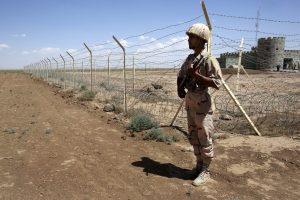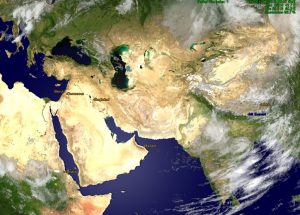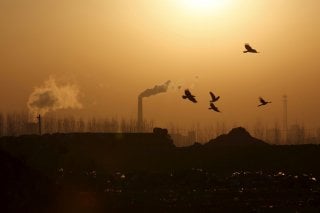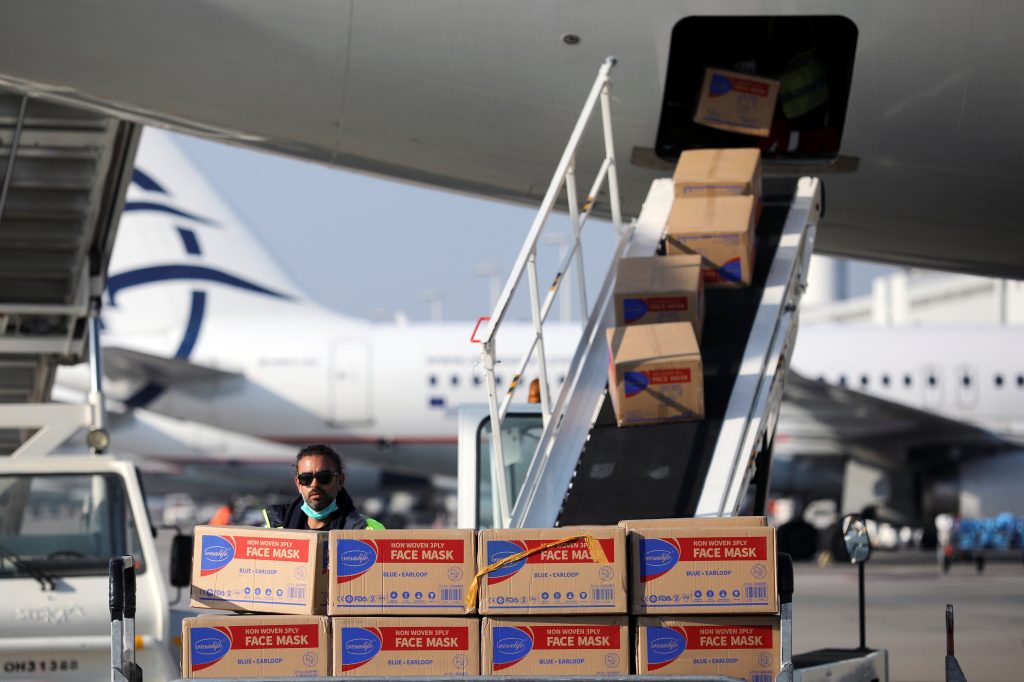Ajinkya Shrish Kamat, Radhika Khosla
Near-term climate change mitigation calls for technological innovation and widespread implementation of appropriate technologies. This is salient in emerging economies, where impending socio-economic and infrastructural transitions hold immense potential for locking-in low-carbon development pathways. Yet, little is understood about how developing countries can scale appropriate technology transitions, given their often underdeveloped technological innovation capabilities and supporting infrastructures and finances. This paper examines a recent, rapid, and ongoing transition of India's lighting market to light emitting diode (LED) technology, from a negligible market share to LEDs becoming the dominant lighting products within five years, despite the country's otherwise limited visibility in the global solid-state lighting industry.
Annual sales of LED bulbs grew more than 130 times to over 650 million bulbs between 2014–2018, with over 30 billion kWh of estimated annual energy savings. Focusing on this striking story of technology transition, this paper analyzes India's LED uptake using semi-structured interviews and drawing on the technology innovation systems literature. The results show that the success of transition coexists with its share of shortfalls, and that there is an important tension between the lowering of upfront costs of low-carbon technologies and the efforts to enhance domestic technological capabilities. The paper discusses the results for the Indian LED case and emphasizes the importance of consistent strategic action taking into account all (and not limited) parts of the technology innovation system, while also providing insights on how mitigation technologies can be developed and deployed in developing countries.
Annual sales of LED bulbs grew more than 130 times to over 650 million bulbs between 2014–2018, with over 30 billion kWh of estimated annual energy savings. Focusing on this striking story of technology transition, this paper analyzes India's LED uptake using semi-structured interviews and drawing on the technology innovation systems literature. The results show that the success of transition coexists with its share of shortfalls, and that there is an important tension between the lowering of upfront costs of low-carbon technologies and the efforts to enhance domestic technological capabilities. The paper discusses the results for the Indian LED case and emphasizes the importance of consistent strategic action taking into account all (and not limited) parts of the technology innovation system, while also providing insights on how mitigation technologies can be developed and deployed in developing countries.














